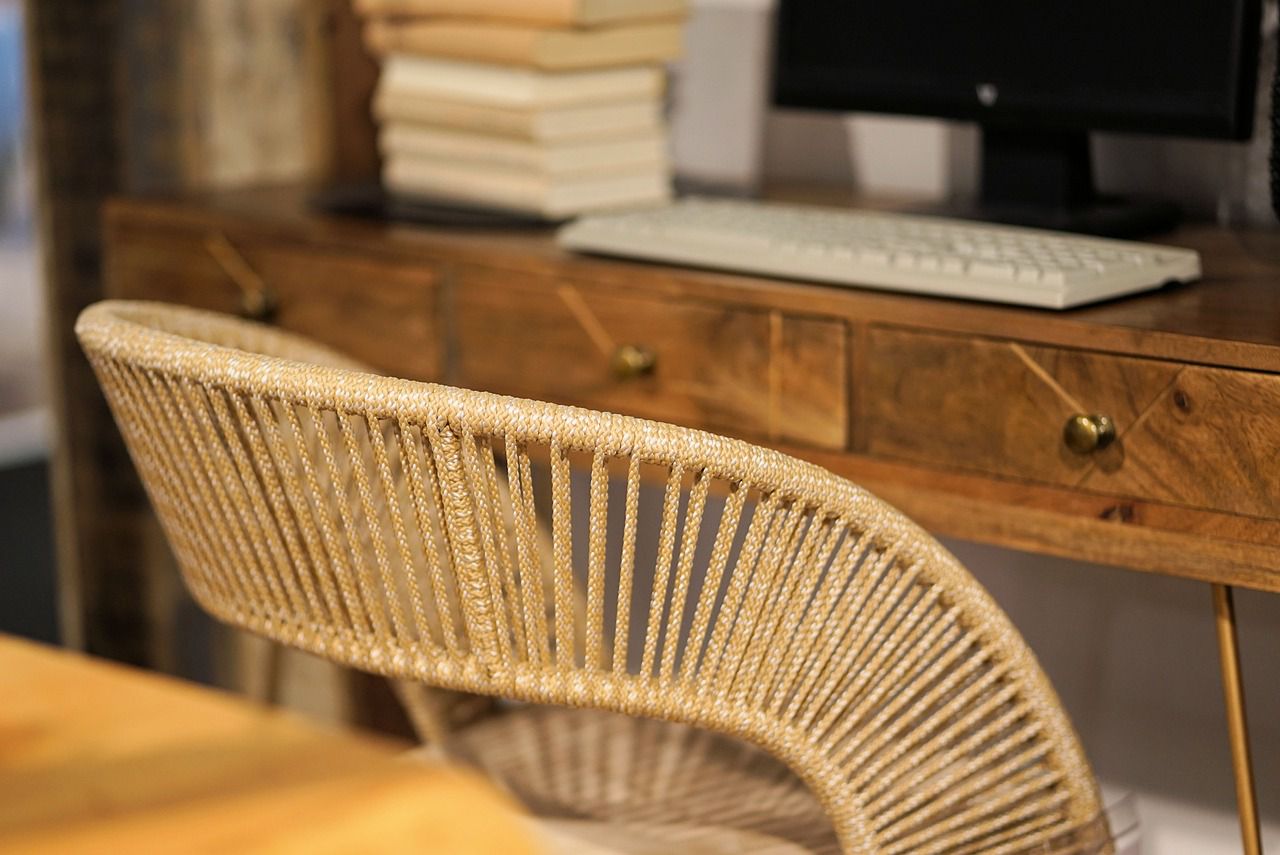The way different kinds of wooden furniture may not always look good together is primarily due to differences in their color, grain pattern, and finish.
These variations can create a mismatched or cluttered appearance in a room.
Here are some reasons why mixing different types of wooden furniture might not be aesthetically pleasing.
Color Variations
Different types of wood have varying natural colors, ranging from light to dark tones.
When placed side by side, the contrast in color can be visually jarring and disrupt the overall harmony of the space.

For example, placing a light oak table next to a dark mahogany cabinet can create a stark contrast that might not complement each other.
Grain Patterns
Wood grains are unique to each type of wood and contribute to its visual appeal.
Some woods have prominent, bold grain patterns, while others have a more subtle or uniform appearance.
Combining furniture with distinct grain patterns can create visual confusion and take away from the cohesive look of the room.
Finish Differences
The finish or stain applied to wooden furniture can also impact its appearance.
Some finishes add a glossy sheen, while others give a more matte or rustic look.
Mixing furniture with different finishes can lead to an inconsistent visual effect and disrupt the overall design.
Style Clash
Different types of wood are often associated with specific furniture styles.
For example, cherry wood is commonly used in traditional furniture, while light-colored woods like pine are more popular in rustic or farmhouse styles.









